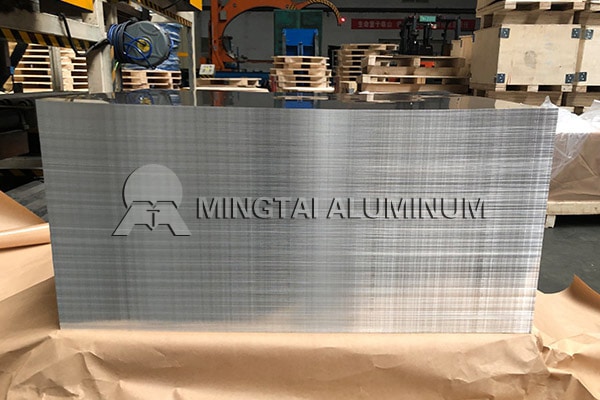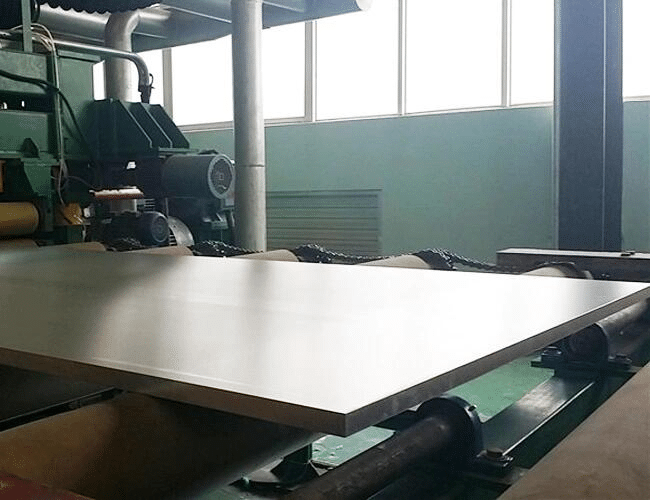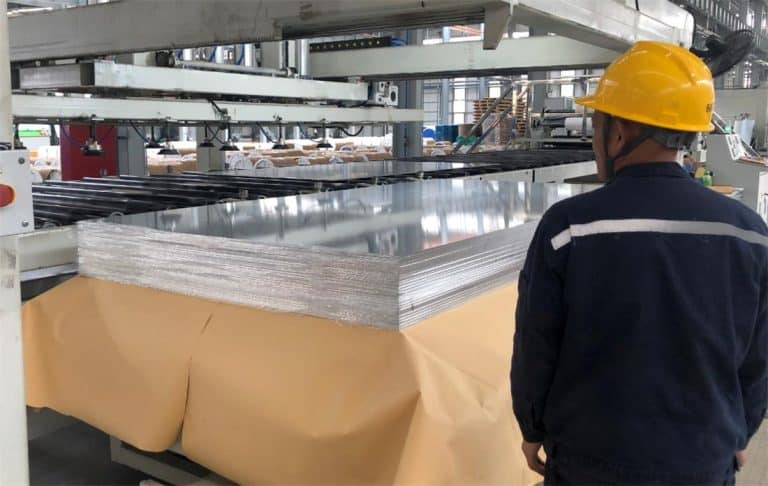Introduction
Aluminum alloy 6061, as a widely used alloy material, plays an important role in many fields such as aerospace, automotive manufacturing, construction, and machinery manufacturing due to its excellent mechanical properties and good machinability. This paper will comprehensively introduce the composition, properties, applications and processing methods, in order to provide reference for professionals in related fields.
The composition and properties of aluminum alloy 6061
6061 aluminum is mainly composed of aluminum, magnesium, silicon and other elements, of which the content of aluminum is the highest, reaching more than 90%. The addition of magnesium and silicon makes Alloy 6061 has good strength and corrosion resistance. In addition, 6061 aluminum also has good toughness, weldability and machinability, which makes it in a variety of complex shapes and structures can be widely used in manufacturing.
The mechanical properties of aluminum alloy 6061
Aluminum alloy 6061 has excellent mechanical properties, its tensile strength, yield strength and hardness are relatively high. At the same time, the alloy also has good fatigue resistance and impact resistance, able to withstand large loads and impacts. These mechanical properties make it perform well in applications that require high loads and complex stresses.

The application areas of aluminum 6061
Aluminum 6061 has a wide range of applications. In the aerospace field, it is often used in the manufacture of aircraft structural parts, engine parts, etc.; in the field of automobile manufacturing, aluminum 6061 is used in the manufacture of body, chassis, engine mounts and other parts; in the construction field, the alloy is used in the manufacture of doors, windows, curtain walls, roofs and other structural parts; in the field of machinery manufacturing, aluminum 6061 is often used in the manufacture of a variety of mechanical parts and tools.
The processing method of aluminum 6061
Aluminum 6061 has good processability and can be processed by casting, forging, extrusion, rolling and other methods. In the casting process, aluminum 6061 can be formed into a variety of complex shapes and structures of castings; in the forging process, the alloy can be molded into a variety of shapes and sizes of forgings; in the extrusion process, aluminum 6061 can be extruded into a variety of tubes, rods, bands, and other profiles; in the rolling process, the alloy can be rolled into a variety of thicknesses of the plate and strip.
Aluminum alloy 6061 is favored for its excellent mechanical properties, good workability and wide range of applications. In the future development, with the continuous progress of science and technology and the continuous improvement of people's requirements on material properties, the application fields of alloy 6061 will be more extensive, and its processing methods will be more diversified and efficient. Therefore, the research and development of alloy 6061 is of great significance and will provide strong support for the development of related fields.




